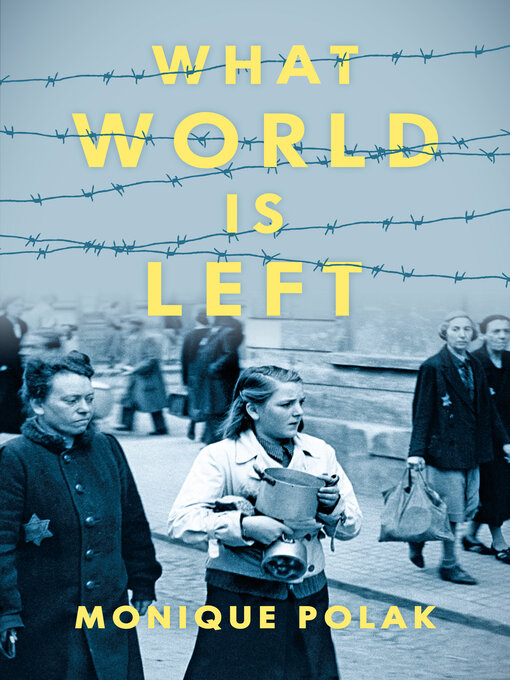★ "Heartbreaking. An important addition to the Holocaust curriculum."—Booklist, starred review
A pampered child used to having her own way, Anneke Van Raalte lives outside Amsterdam, where her father is a cartoonist for an Amsterdam newspaper. Though Anneke's family is Jewish, her religion means little to her. Anneke's life changes in 1942 when the Nazis invade Holland and she and her family are deported to Theresienstadt, a concentration camp in Czechoslovakia. Not only are conditions in the camp appalling, but the camp is the site of an elaborate hoax: the Nazis are determined to convince the world that Theresienstadt is an idyllic place and that European Jews are thriving under the Nazi regime. Because he is an artist, Anneke's father is compelled to help in the propaganda campaign, and Anneke finds herself torn between her loyalty to her family and her sense of what is right. What World is Left was inspired by the experiences of the author's mother, who was imprisoned in Theresienstadt during World War II.
The epub edition of this title is fully accessible.




